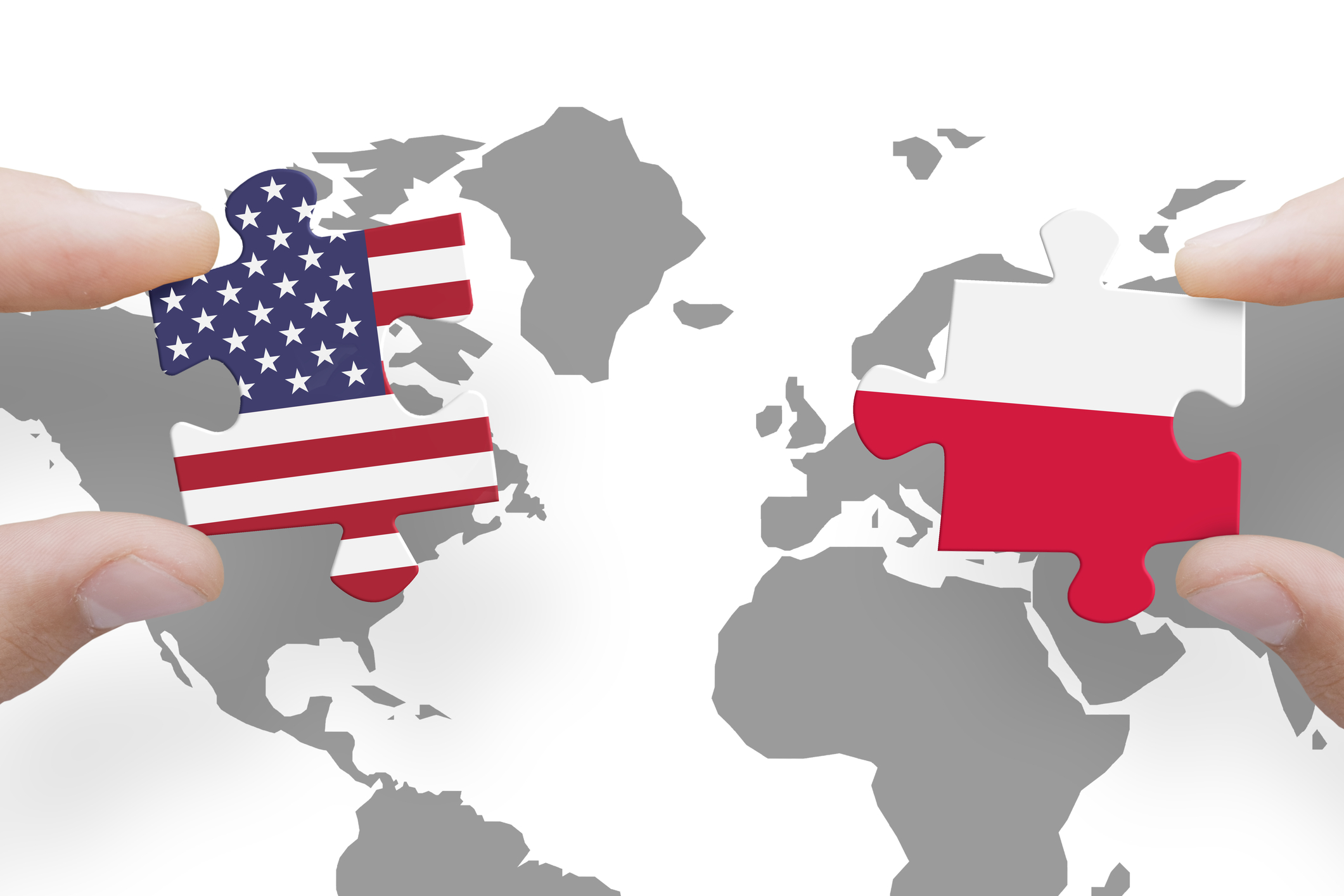The Trump Election and Its Impact on European Defense: A Polish View
The U.S. presidential election has worldwide implications, and Central and Eastern Europe is no exception.
Donald Trump’s election has been met with mixed feelings in Central and Eastern Europe, although generally more favorable than in Western Europe.
While Western Europe often views Trump unfavorably, commentators in Central and Eastern Europe focus primarily on geopolitical issues. Many express concern over potential changes in the U.S. military’s stance in Europe and policy toward Russia.
During his first term, Trump was recognized for his assertive stance against Russia and his understanding of the strategic importance of this region. His opposition to the Nord Stream 2 pipeline project, backed by Russia and Germany, was seen positively as it aimed to increase Europe’s dependency on Russian gas.
Other actions, such as promoting regional cooperation and criticizing Germany’s influence in Central and Eastern Europe, were also appreciated. The Polish right-wing still recalls Trump’s 2017 speech in Warsaw, where he emphasized U.S. commitment to NATO and collective defense.
However, the situation has since changed, and clear concerns are now emerging in Central and Eastern Europe.
The ongoing war in Ukraine and Russia’s determination to continue it is a primary cause for worry. Both Ukrainians and Central Eastern European countries appreciated the military support provided to Kyiv by the Biden administration.
Still, as Ukraine has recently shown signs of struggle, some argue that the White House’s goal has been more about prolonging the conflict and weakening Russia, rather than helping Ukraine secure a decisive victory.
In Poland, concerns about Trump’s return to power are particularly high, especially under the leadership of Donald Tusk, who took office in December 2023 and is known for his alignment with Berlin. This has made Polish foreign policy more dependent on German interests and somewhat less aligned with the U.S.
Following Trump’s election, critics recall the numerous harsh statements made by both Prime Minister Tusk and Foreign Minister Radosław Sikorski against Trump. Tusk once accused Trump of being a “Russian agent,” while Sikorski called him a “fascist.” Poland’s ambassador to Washington, appointed during Biden’s presidency, is expected to be Bogdan Klich, who labeled Trump “unstable.”
Sikorski’s wife, journalist Anne Applebaum, also known for her critical stance, likened Trump’s rhetoric to that of “Hitler, Stalin, and Mussolini.” This dynamic has raised doubts about the Polish government’s ability to cooperate with a Trump administration, with some calling for Sikorski’s resignation.
Not only in Poland but throughout Central and Eastern Europe, there is significant concern about statements by Donald Trump and J.D. Vance, who outlined a peace plan to end the war in Ukraine. According to their proposal, Russia would retain seized territories, and a demilitarized zone would be established.
Many view this as potential appeasement toward Russia, or worse, naive, increasing risks to NATO’s Eastern Flank.
The prevailing belief is that the West would once again make a grave mistake by trusting Russia’s promises. After all, Russia was one of the nations that, in 1994 (the Budapest Memorandum on Security Assurances), pledged to recognize Ukraine’s sovereignty but then violated it twice—first by initiating aggression in 2014 and later by launching a full-scale attack on Ukraine in 2022.
Given that Russia has consistently ignored past agreements, why would Putin now change his approach and become a reliable negotiation partner?
Such a plan might have a chance of success if the demilitarized zone was manned by international forces, especially by the participation of American soldiers (similar to the DMZ between North and South Korea, where Americans guard the peace).
According to media reports, Trump’s team assumes that “the security in Ukraine should be handled by the Poles, Germans, British, and French.” While this makes sense from an American perspective — as the White House aims to avoid new conflicts and extra costs — Central and Eastern European nations recognize that, without a strong American presence, this plan is unlikely to succeed.
Additionally, countries in the region are concerned that, to pressure Ukraine into conceding territory to Russia, the White House might halt military aid. Without this support, Ukraine would be in a very difficult position. During the presidential campaign, Trump and his supporters had already voiced opposition to American taxpayer funding of Ukraine’s struggle against Russia.
It is highly likely that freezing the conflict (stopping aid to Ukraine and backing down from firmly repelling Russian aggression) will be perceived by the Kremlin as a sign of weakness. This would provide Russia with the chance to escalate its actions, including provocations, leveraging the narrative of “little green men” and local forces. Ukraine would never regain its territory, and Russia would be emboldened, seeing that aggression yields results. This would undoubtedly harm the United States’ reputation as a superpower.
Moreover, Russia would gain time to replenish its military losses and rebuild its forces. The Russian defense industry is working at full capacity, and it is only a matter of time before Russia regains strength (though it may not be able to close all gaps compared to 2022, such as in armored and air forces). Russia might then make another attempt to destabilize Ukraine or perhaps weaker NATO countries, such as Romania, Lithuania, Latvia, or Estonia.
To summarize, nothing is certain, and the direction of the Trump administration remains undetermined. Trump himself likely hasn’t yet decided on his policies toward Russia and, by extension, Ukraine.
However, it is hoped that the White House can think long-term, recognizing that concessions to Russia might bring short-term results but could lead to future destabilization in Central and Eastern Europe.
Such instability would undoubtedly affect the strength and position of the United States.
The only way to mitigate this negative scenario is to avoid critical mistakes now.
Featured graphic: ID 344222491 | Poland © Tomasragina | Dreamstime.com

